In pictures: Matisse's cutouts
- Published
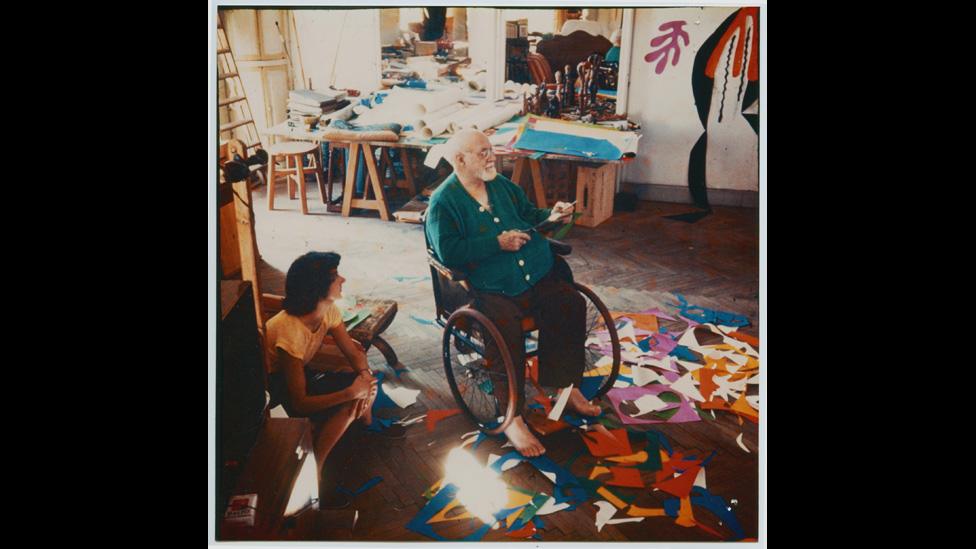
From the early 1940s onwards, French painter Henri Matisse began to develop a technique that he had experimented with earlier in his life, taking pieces of colour paper and cutting into them to make compositions. Matisse's cutouts dominated the final six years of his life and are the focal point of a forthcoming exhibition at London's Tate Modern gallery which brings together all the major works from this significant phase of the artist's life.
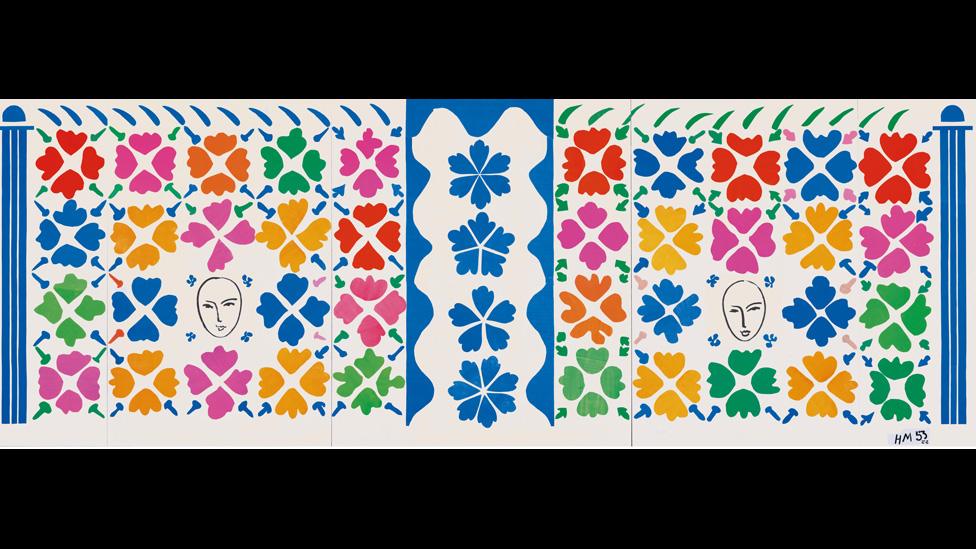
The exhibition, which has been created in conjunction with New York's Museum of Modern Art, is said to the be most comprehensive exhibition ever devoted to Matisse's artworks made from paper cutouts, between 1943 and 1954. It will include around 120 works, many of them displayed together for the first time. Tate director Sir Nicholas Serota, who is co-curator of the exhibition, said he had "dreamt about making this show for 30 years".
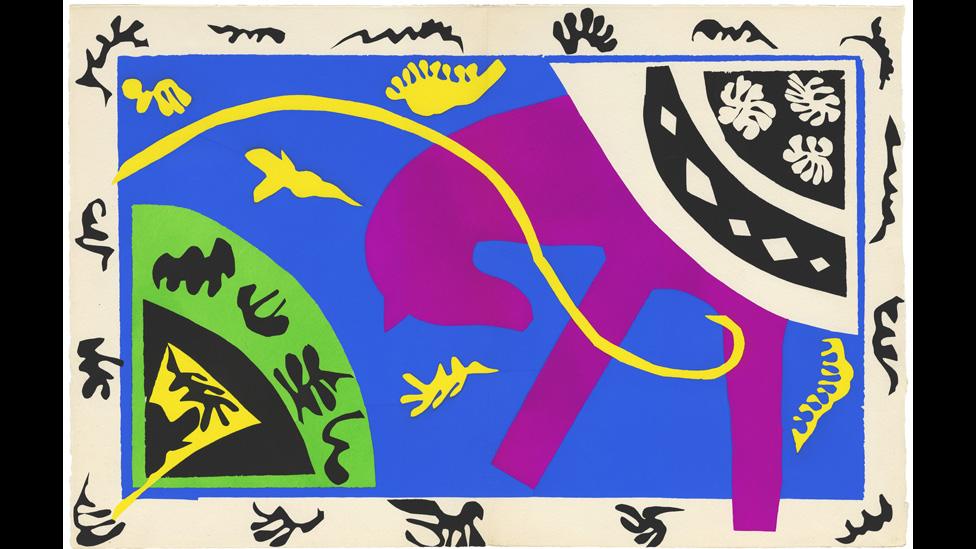
The cutouts began "almost by accident, as quite small works", says exhibition curator Nicholas Cullinan. Initially, they were developed as designs, or maquettes, for book and periodical covers. Matisse favoured cut paper over painting because it ensured the colours would remain true in reproduction. The Horse, the Rider and the Clown is one of 20 maquettes created for the illustrated book Jazz. For the first time, all 20 maquettes will be on display at the Tate exhibition, alongside the original book which was published in 1947.
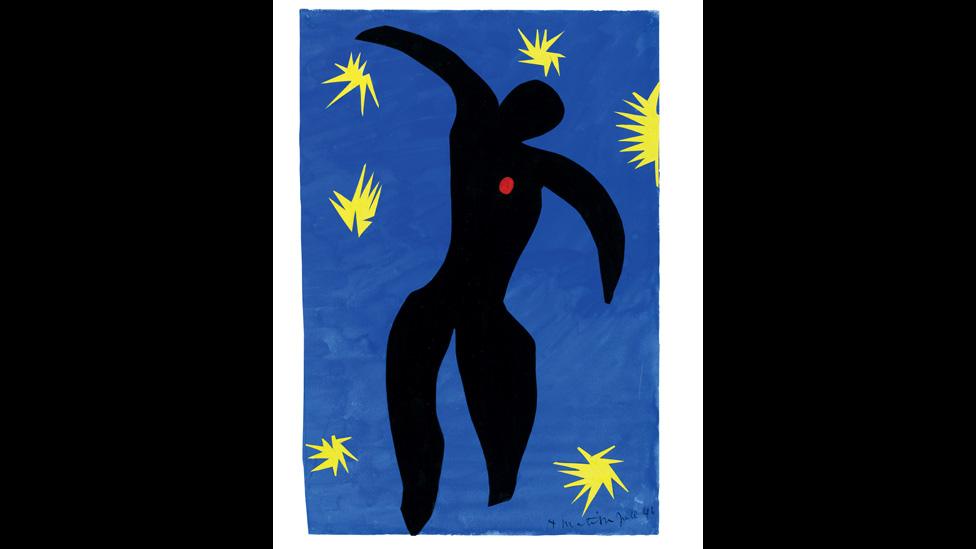
Matisse's Icarus, which forms part of the Jazz collection, is among his best known works, with curator Nicholas Cullinan recalling having the poster on his wall as a teenager. "When you see the cutouts reproduced they appear flat, but in reality they have a real life – they have a surface," explains Cullinan. "It was an incredible thing for an artist at the end of their career to pull off, to invent not just a new style but essentially a whole new medium."
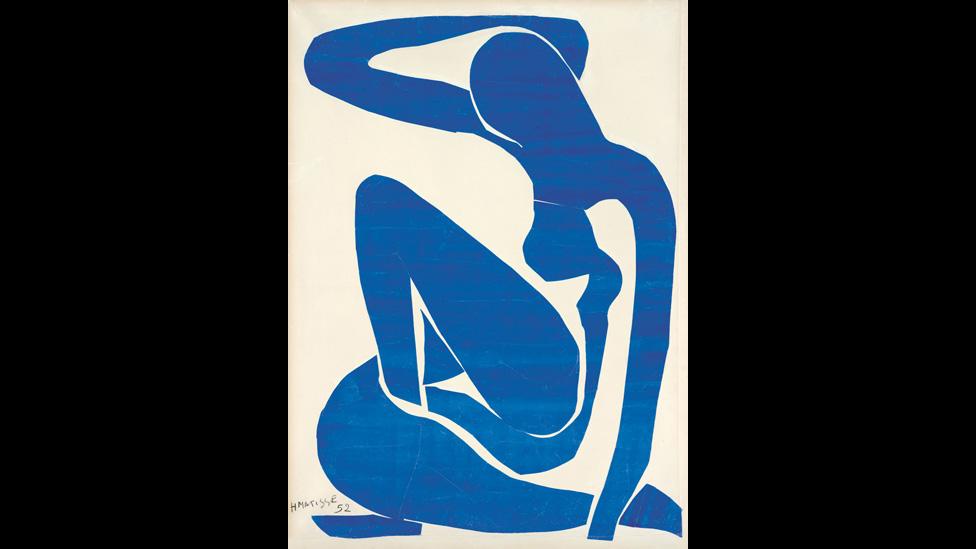
Towards the 1950s, rather than just using the cutouts for "utilitarian purposes" such as books and designs for tapestries and ceramics, Matisse began "to play with them... they start to assume the compositional role of painting", explains curator Nicholas Cullinan. The show will assemble the largest gathering of Matisse's "blue nudes", including four major works and "a whole ensemble of other blue figures". The artist likened the process to "carving into colour".
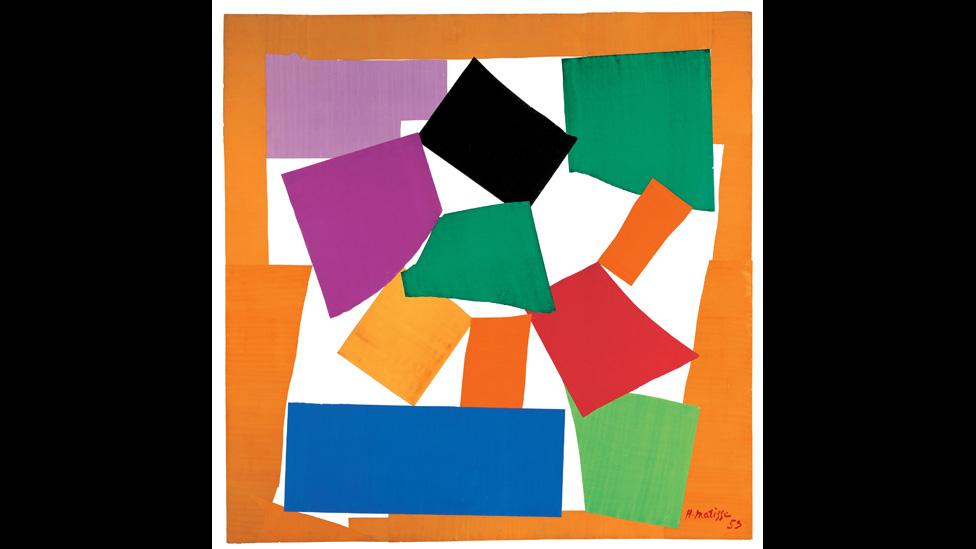
Sir Nicholas Serota admits that bringing Matisse's "remarkable" selection of cutouts together has involved "twisting a few arms". "It hasn’t been done before – in part, because the works are fragile - and they are among the most treasured works in those museums that hold them." Matisse's much admired cutout entitled The Snail was acquired by the Tate in the early '60s and has not left London since. It will travel outside the UK for the first time since it became part of the Tate collection when the exhibition transfers to New York in October 2014.
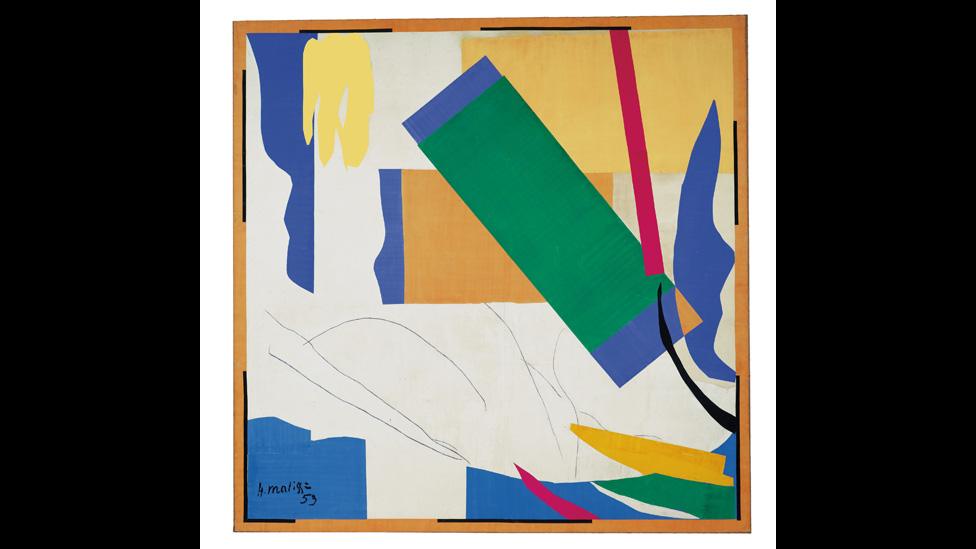
The Memory of Oceania, which currently hangs in New York's Museum of Modern Art, was originally part of the same composition as The Snail, and formed a diptych in Matisse's studio in Vence. At the forthcoming Tate exhibition, the pair of large-scale cutouts, which share the same dimensions, will hang side by side for the first time in 60 years.
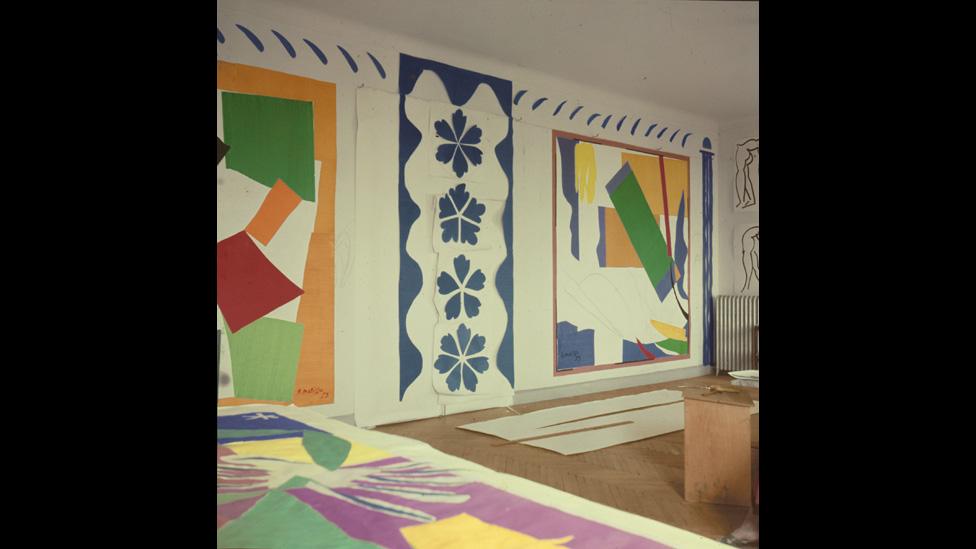
The exhibition, and catalogue, includes a host of photographs - many previously unpublished - after curators trawled the archives of every photographer that went to Matisse's Vence studio. The collection captures the sheer scale of the artist's cutouts, many stretching from floor to ceiling. “Everyone says a child of six could do it," says Tate director Sir Nicholas Serota of the cutouts. "But I think when you see the show you realise it’s only an old man who has incredible freedom of mind that can actually do it." The exhibition opens on 17 April 2014.